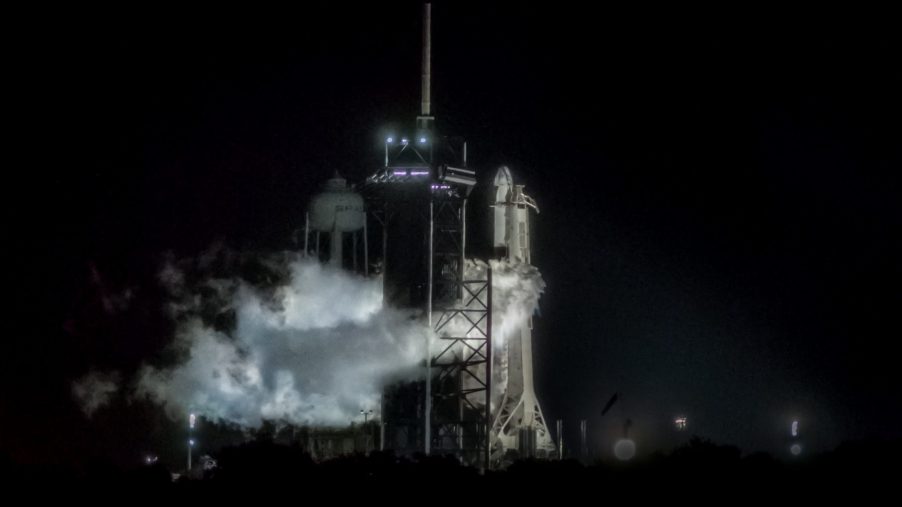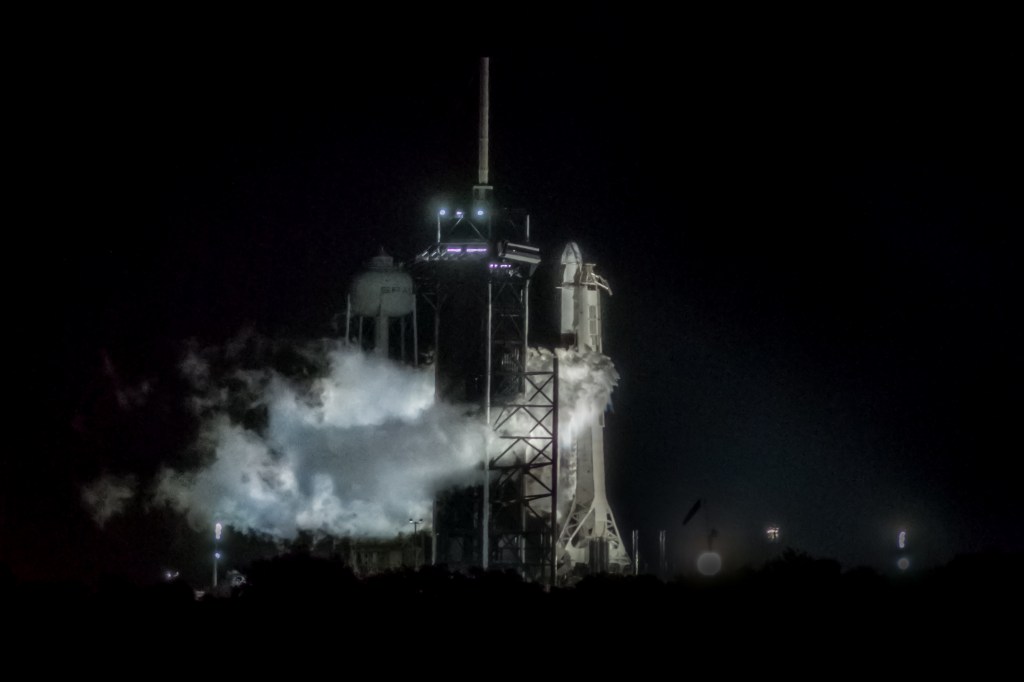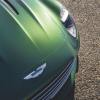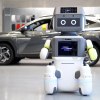
SpaceX Just Sent Ants (and Other Experiments) to the International Space Station
In case you missed it, a surplus of supplies including a human-like robotic arm, drug administering technologies, and ants were delivered to the International Space Station on August 29th. This marks SpaceX’s 23rd successful rocket launch on behalf of NASA. But to the average Joe, like you and I, this mission seemed a bit strange. So let’s look at all the stuff NASA asked Elon Musk to send, and why it’s there.
SpaceX used a Dragon capsule strapped to a Falcon 9 rocket
As of now, it’s one of the best ways to transport cargo to space. And because the SpaceX rockets and pods launched are reusable, it’s relatively cheap (in the long run). The particular booster used has flow four missions, including the Crew-1 manned launch back in 2020, the first one since 2010, and stuck all four landings. As of now, Falcon 9 rockets have been launched 123 times, with 83 total landings (this one included) and 65 reflown rockets.
But after the Falcon 9 touched down in the Atlantic on the “A Shortfall of Gravitas” ship, the Dragon kept floating to the International Space Station. NASA outlined all the cargo on board the Dragon, which added up to 4315 lbs in total (before it was pressurized). This included 746 lbs of vehicle hardware, 1,058 lbs of crew supplies, and 2,305 lbs of scientific experiments.
2,305 lbs is a ton of research (quite literally). But while the mass of the experiments is impressive, what exactly are they doing up in space?
Some highlights of the experiments onboard the Dragon
Nicknamed the CSR-23, the mission is packed with research potential in so many aspects. Bone studies, ways of understanding our planet, and experimental tech to make our lives easier in space and on earth.
The bone study makes sense to investigate for the wellbeing of the astronauts, but has earth-related uses as well. Because of zero gravity, astronauts experience bone density loss, which impacts how they walk upon returning to earth. But insufficient bone density is also a symptom of osteoporosis. In essence, they’ve been sent treatments to test in space, in hopes that the results would replicate for patients on earth. You can read the report of READI FP on Nasa’s website.
Perhaps the coolest bit of tech flung into space, however, is a robotic arm about the size of a human’s. Designed by GITAI, a startup from Japan, it’s aimed to support crew activities inside and, eventually, outside the ISS. And because it’s a robot, it can handle environments that humans cannot, such as the vacuum of space or the deep sea. Capable of performing basic machine work, such as screwing and assembling things, it could also make producing goods cheaper. Though, there’s always the issue of replacing people with robots, with automation taking away jobs, but that’s a debate for a different article.
So there’s some of the sciencey goodness launched into space on the SpaceX Dragon capsule. But there are a few strange additions to the research courtesy of… the Girl Scouts.
Even the Girl Scouts are shooting supplies into space

Yep, the Girl Scouts that deliver cookies to your door also deliver supplies and experiments to space (not in person). Though that doesn’t make any of their supplies less significant.
One of the more elaborate pieces of kit delivered to the space station was a Faraday-NICE implant. It was sent to the ISS to test whether or not it could remotely deliver drugs to patients in space. And while sending the implant to space is a bit elaborate, it’s an effective way to test the range of this remote drug administrating device. And the implant itself is small, non-mechanical, and unobtrusive.
There are also ants on board the space station, sent on behalf of the Girl Scouts again. It sounds like a strange prank to mess with the Astronauts, but in reality, sending ants to space isn’t a new endeavor.
Ants have been sent to space since 2003, and the Simpsons even predicted ant experiments in 1994. And the reason they’re consistently sent up there is to better understand their behavioral patterns. I know this is a car website, but ants are just as fascinating as the most technologically advanced cars on the road, functioning as a unit by means still unknown to us.
Besides, what goes with delicious cookies better than ants and pharmaceuticals? Hopefully, they sent a few boxes of thin mints along with the experiments. But regardless, the SpaceX Dragon capsule delivered all these supplies and more and will hang out at the International Space Station for about a month before it undocks, and splashes back down on earth.


